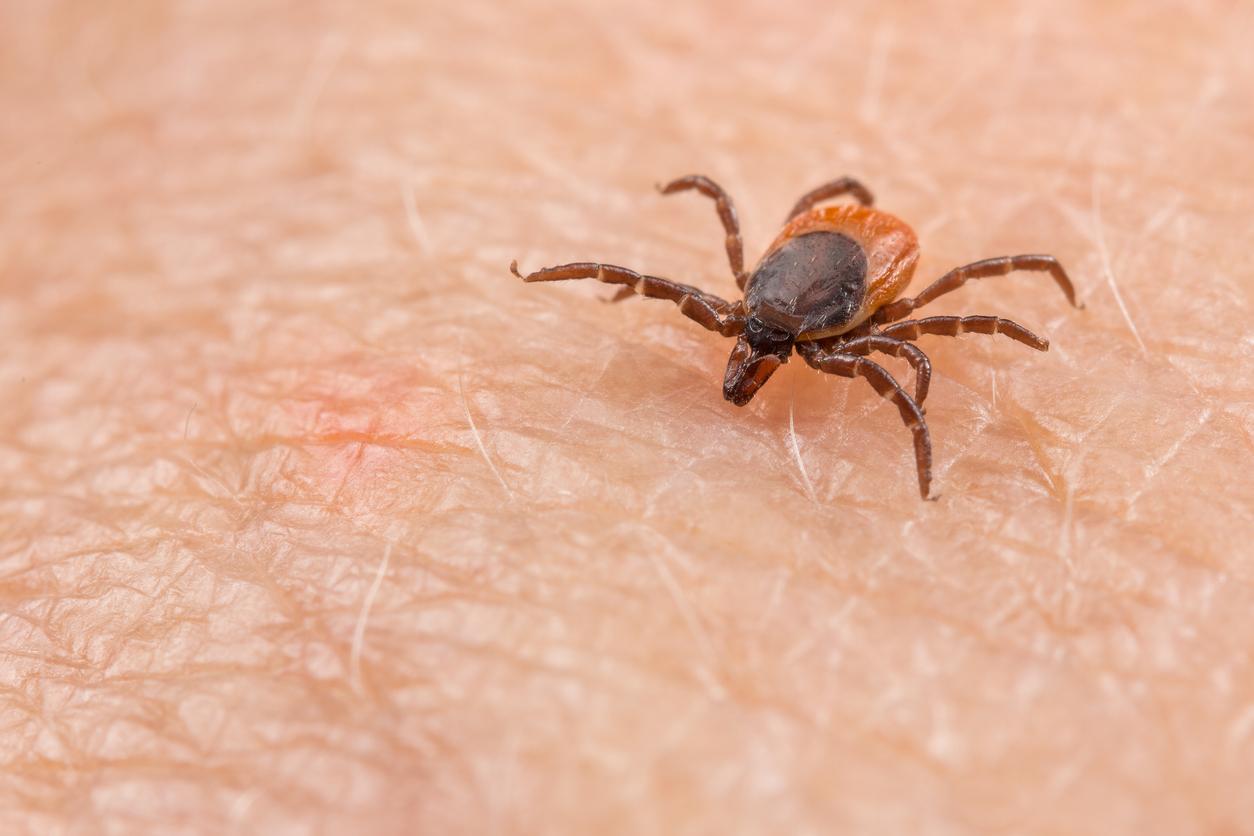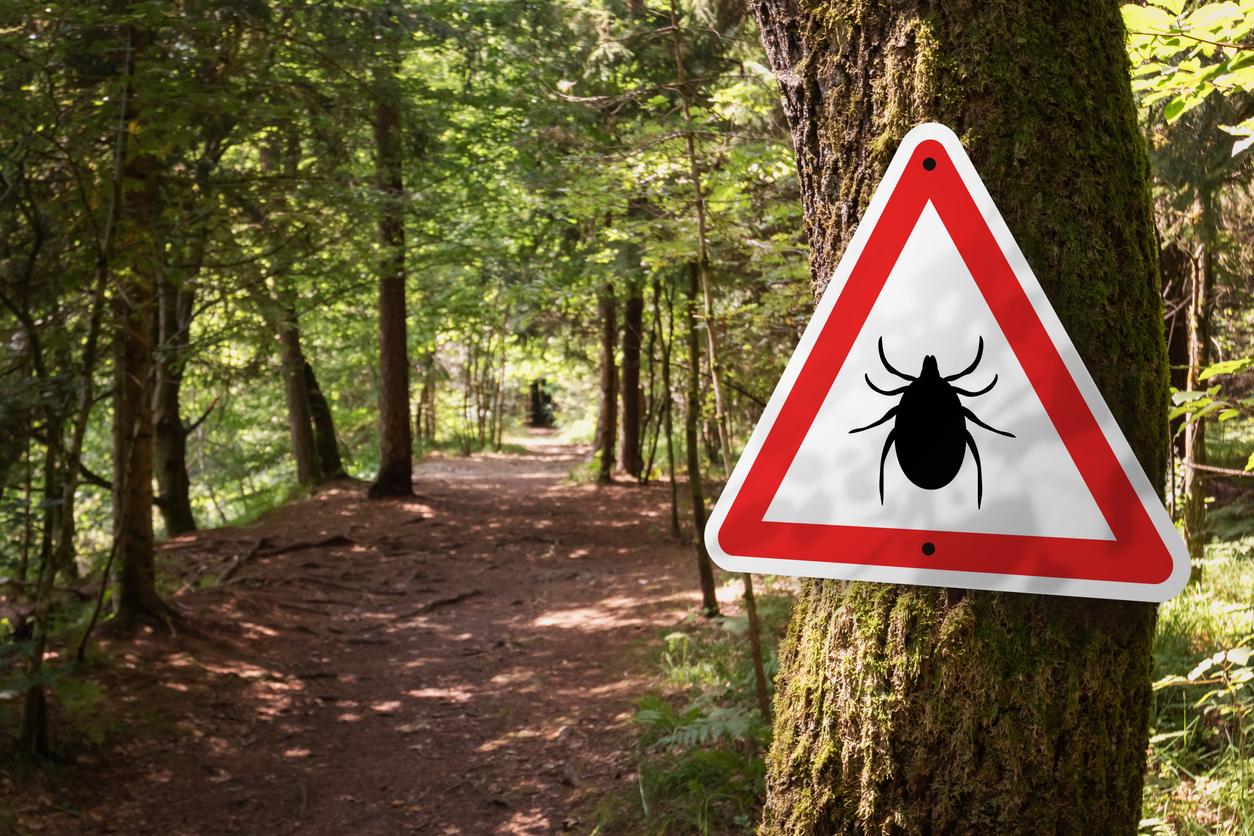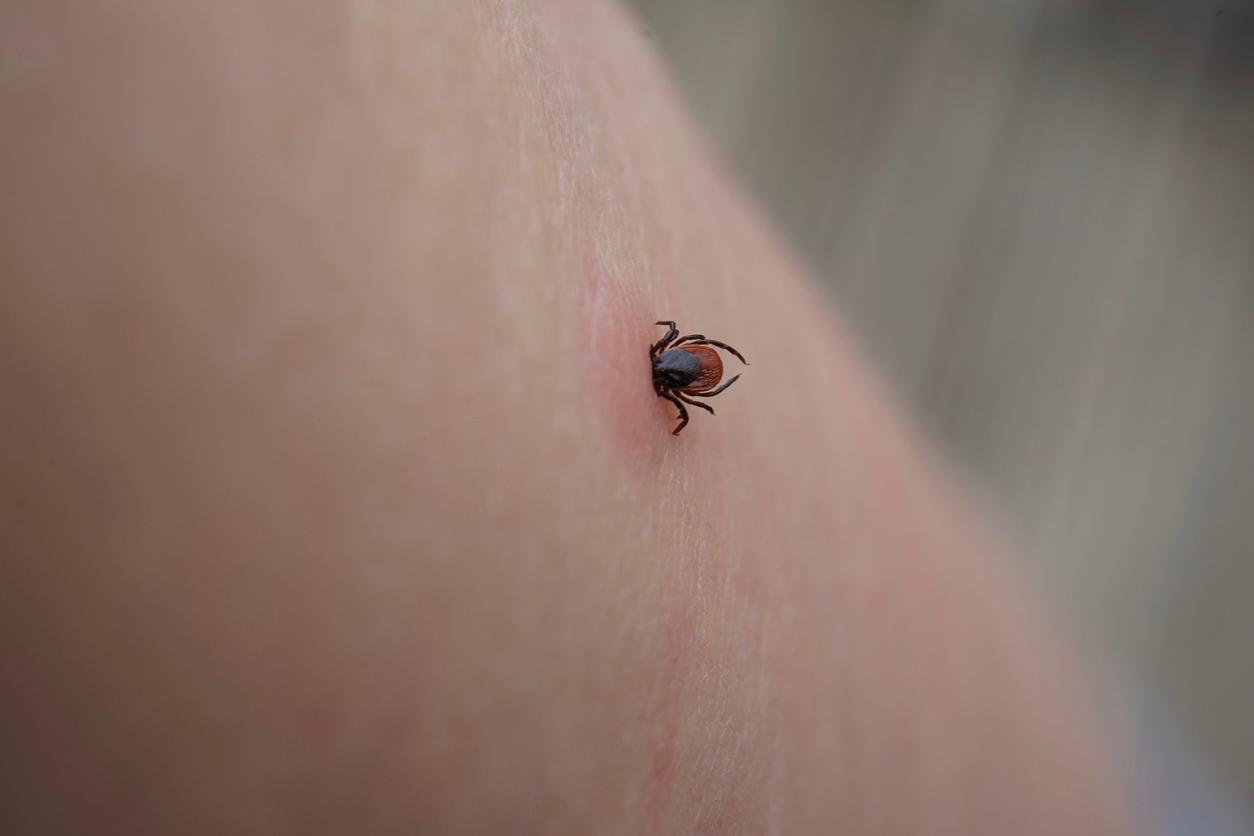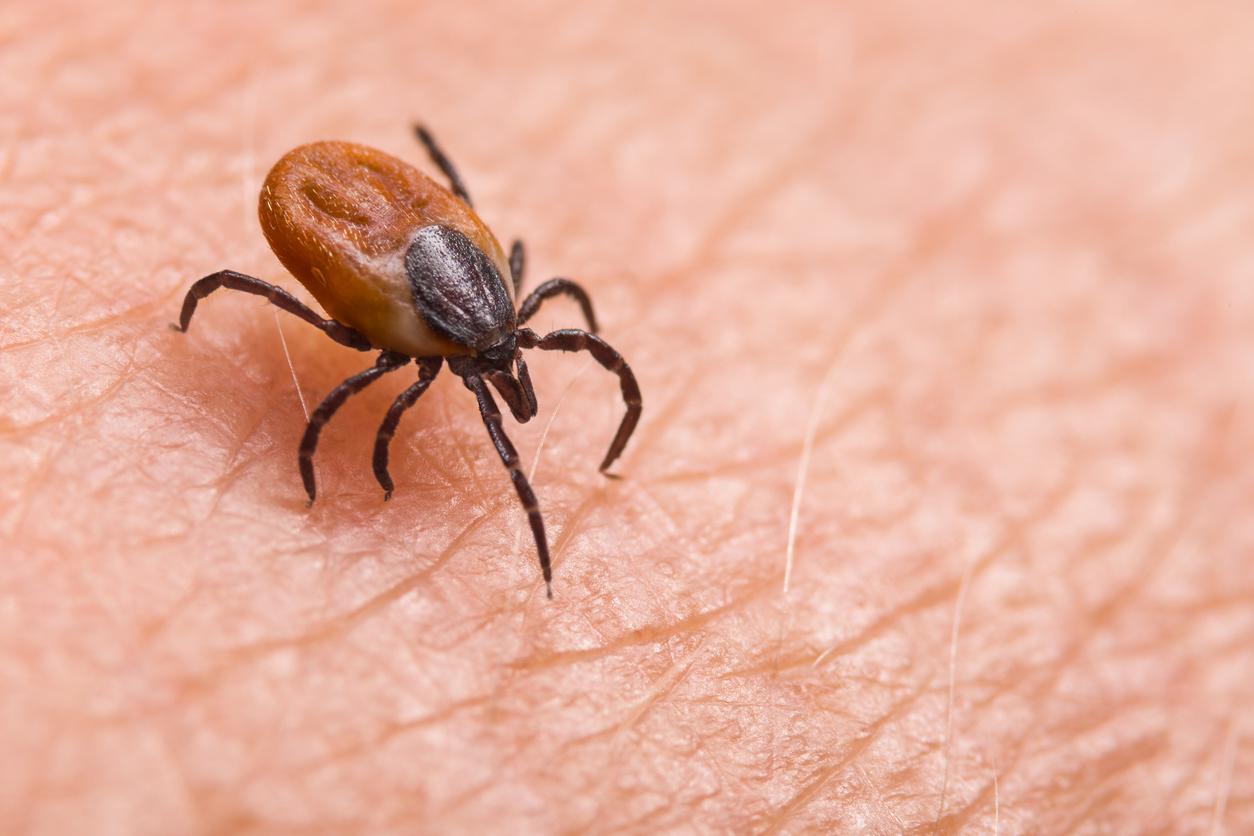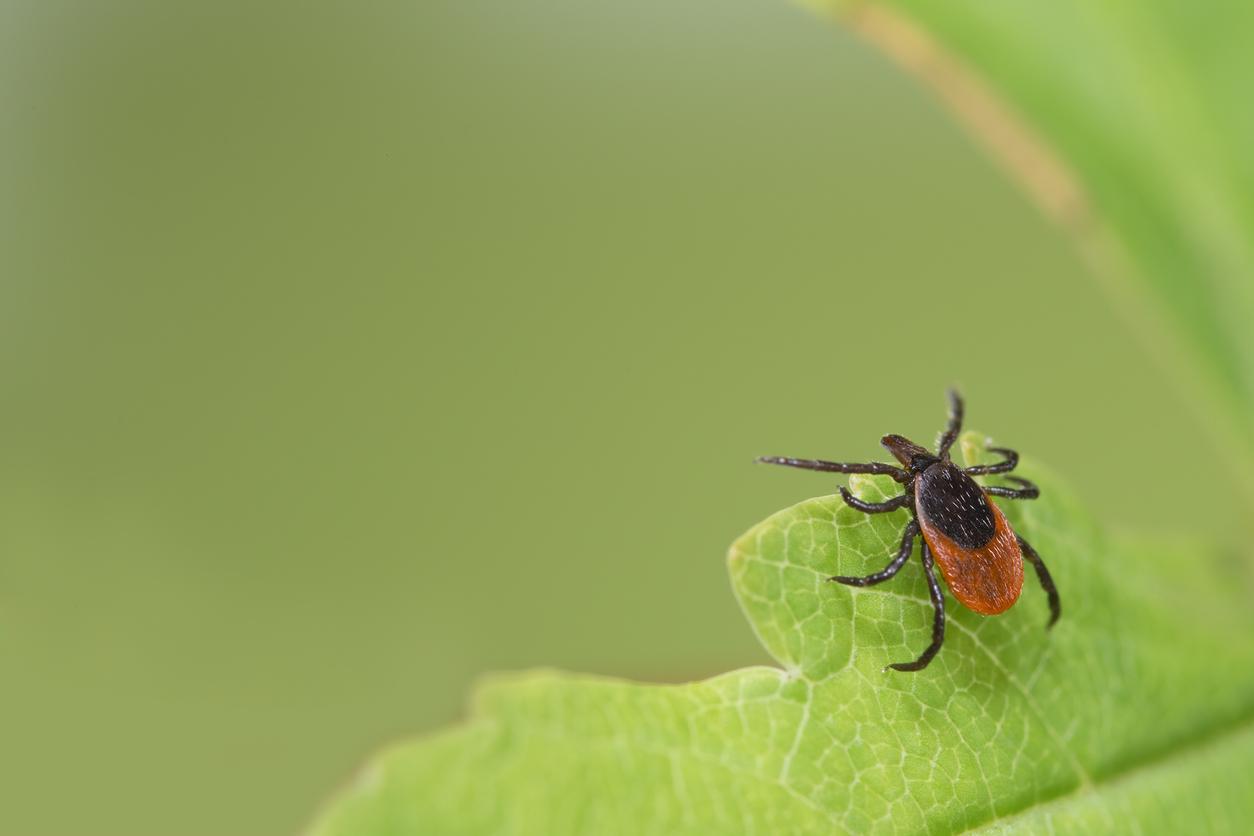The transmission of Lyme disease by infected ticks occurs much faster than expected: within 24 hours of the bite, or even 12 hours in some cases. As a reminder that it is necessary to remove ticks attached to the skin as soon as possible to prevent infection … but not just any old way.
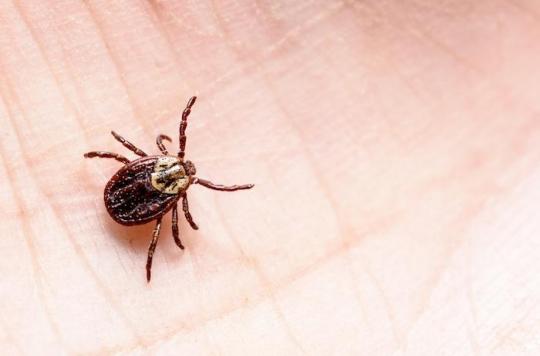
Lyme disease is an infectious disease which, if left untreated, can cause extensive red plaque on the skin, extreme fatigue, severe joint pain and stiffness, headache, muscle weakness, paralysis and numbness and irregular heartbeat …. as well as severe sequelae
Most common vector-borne disease in Europe
The infection is linked, mainly in Europe, to a bacteria called borrelia which is transmitted by the bite of a tick of the genus Ixodes. It is the vector-borne disease, that is to say by insects and mites, the most widespread in Europe.
The researchers of thePastor Institute studied the phenomenon and the kinetics of transmission of borrelia bacteria in mice after a tick bite. They realized that, in these species, the infectious bacteria are present in the salivary glands of adult ticks suggesting faster transmission of bacteria during the bite.
Infection within 24 hours or 12 hours
Infection occurs within the first 24 hours after the bite of the adult tick. When the tick is in the nymph stage, infection could even occur within 12 hours.
In all, the tick has three stages of development capable of biting humans. First of all it is in the state of larva then of nymph and, finally, in the adult state. The fact that the transmission is faster in the nymph state is explained by the higher density and their small size which makes them more easily go unnoticed.
Remove the tick as quickly as possible to avoid infection
However, regardless of its stage of development, the attachment time a tick needs to transmit the bacteria is essential when considering the risk of transmission and measures to prevent infection. The longer it stays attached, the greater the risk of infection.
The rate of transmission of infection also depends on the variety and species, which explains the variety of clinical manifestations of Lyme borreliosis. The researchers reiterate the need to remove ticks attached to the skin as soon as possible in order to avoid infection.
Finally, it is necessary to remove the tick with a “tick puller” or, failing that, with tweezers, catching the head and not the abdomen, in order to avoid promoting regurgitation of the tick which, it would immediately infectious.
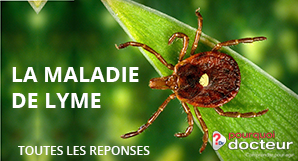
.










